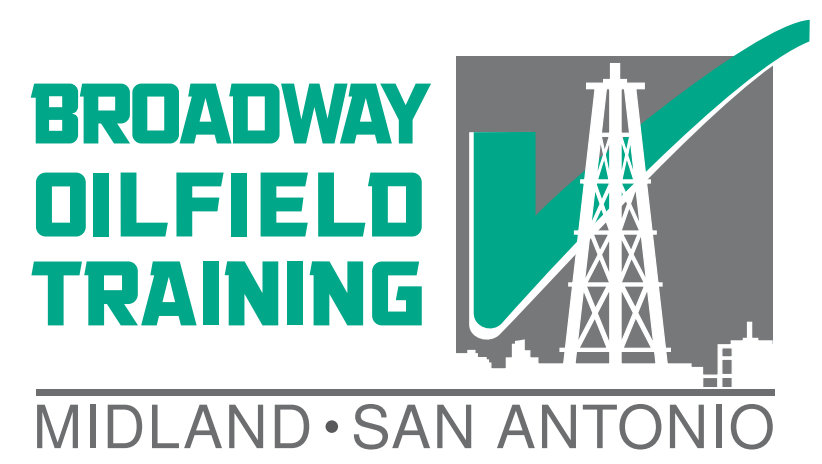Injection wells are not always thought of as H2S sources, but it should be mentioned during San Antonio H2S training that injectors are possible sources of hydrogen sulfide. Most injectors in South Texas will be classified as disposal wells, however, workers in other basins may see many more injectors classified as waterflood wells.
DISPOSAL FACILITIES (SOUR)
Facilities that are dedicated to the disposal of hydrogen sulfide via injection do exist and workers at these jobsites need to be prepared. Some preventative measures that may need to be present in an H2S disposal facility including:
- H2S warning signage
- Lockout Tagout
- Respiratory Protection
- H2S Monitoring (Fixed/Personal)
- H2S Training
These facilities will have plans put in place to identify and respond to releases and catastrophic failures.
DISPOSAL FACILITIES (GENERAL)
Most disposal facilities will not be designated specifically for H2S but rather for general salt water disposal (SWD). In an SWD facility, the waste stream may not normally contain H2S, however, the waste water could contain H2S entrained in water, iron sulfide scale, or traces of oil. All of these wastes have the potential to release hydrogen sulfide gas. This can make the presence of H2S in SWDs dependent on the contents of each particular vacuum truck. It’s important to train all South Texas workers to the awareness level for H2S so that they can protect themselves when it is not expected.
WATERFLOOD
Waterflood facilities and water injection wells are one of those areas that are commonly considered to be devoid of hydrogen sulfide. This is not always true. Never rely on the upstream separating facilities to clear out all the entrained hydrogen sulfide because even if it normally does these facilities can become upset and malfunction with changes in chemistry, temperature, or flow rates. Also, solid scales containing H2S can become lodged within the water injection system with unpredictable results.
When servicing the water injection well in a hydrogen sulfide reservoir, the well must be treated as a sour producer. Backflow water from a water injector undergoing well servicing will be similar to the near wellbore reservoir composition once the tubing water has become displaced. Adherence to good well control procedures is needed to prevent charged sour reservoir fluids from reaching the surface.
GAS LIFT
One of the main artificial lift methods for some operators is gas lift. Gas lift usually uses compressed lease gas re-injected down the casing valve to lighten and charge the fluid within the tubing. There is no reason to assume that the H2S has been scrubbed from the gas lift gas. Facilities containing gas lift gas need to have procedures in place to protect workers from the high-pressure gas identical to those of a disposal facility.
Recommended Training: San Antonio H2S Training
Notice: Article is provided as is and for informational use only. Eagle Ford Training San Antonio, its owners, instructors, and affiliates hereto referred as the company shall have no liability for and you shall defend, indemnify and hold harmless from and against any claim loss demand, liability, obligation, and expense based upon any injury or damage, spill or pollution, product liability, or any other loss that may occur. The liability for the use of information is solely yours notwithstanding any act of error or omission by the company.
